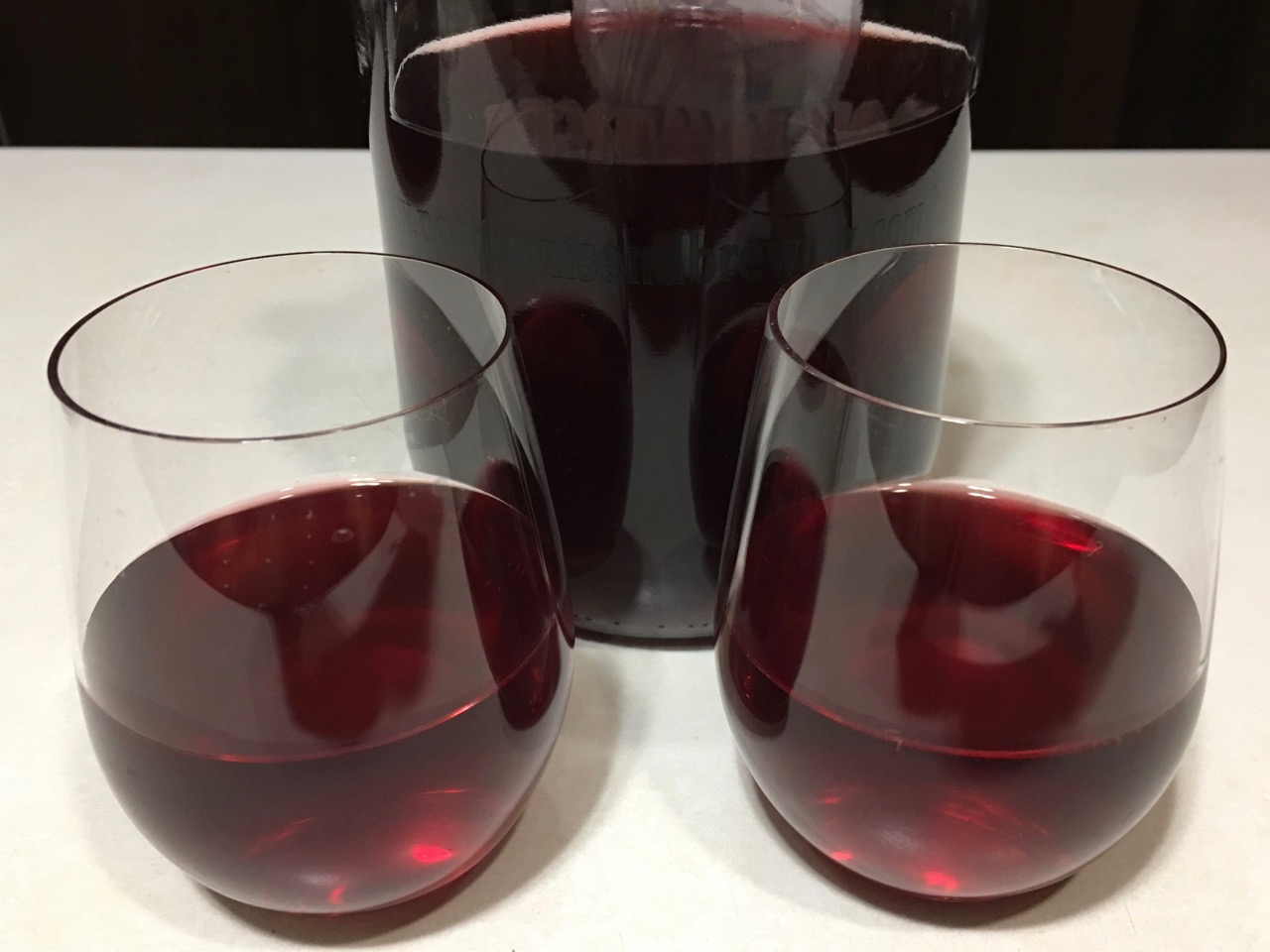
Are you interested in making your own small batches of wine? Perhaps a fruity country wine or a delicate tea wine? You can do it, and I think you’ll find it easy, economical, and very rewarding. Read on…
While you could actually start making wine with very little specialized equipment, I would personally recommend purchasing the following equipment or, easier yet, a basic winemaking kit (you can find them on Amazon.com for under $50) that should come with the following:
- Recipe Handbook
- 2 gallon food-grade plastic fermentor with lid
- 1 gallon glass jug
- Tubing, airlock, and mesh straining bag
- Cleanser and Campden tablets
- Pectic enzyme, acid blend, tannin, yeast nutrient, stabilizer, dry wine yeast
- Racking cane and tubing
- Hydrometer
In addition to the basic equipment, a winemaking book like Terry Garey’s “The Joy of Home Wine Making” will be a helpful resource and provide detailed descriptions and explanations of the winemaking process. One other addition should be a sanitizer -which is different from a cleanser – like Star San. A sanitizer is used to disinfect equipment and will be used frequently.
Once your equipment is assembled, you can begin researching which wine you’d like to try making first. A wine made with frozen berries is very easy and very tasty – my first homemade wine was a mixed berry wine. Following the instructions in the recipe handbook, you’ll essentially pour the frozen berries, dechlorinated or filtered water, acid blend, pectic, nutrient, and crushed Campden tablet into the primary fermentor (bucket), let it sit for 24 hours, then pitch (add) the yeast. Once the yeast is added, the fermentation process begins. Shortly after the yeast is pitched, the wine should be moved (racked) into a secondary fermenter (glass jug) with an airlock attached. Once that occurs, the wine will continue to ferment and will need to be moved periodically into a new carboy to get the liquid off the sediment. Ultimately, the fermentation process will cease and the wine will be finished.
Once the wine has stopped fermenting and stabilized, it’s ready for bottling (and aging, if you choose). One gallon of wine makes about five bottles. You may choose to reuse wine bottles like I do, but they must be clean and sanitized before bottling occurs. Wine corks and a corker (to push the corks into the bottle) will also be needed. But bottling won’t happen for months after you’ve started your wine, so you have plenty of time for planning!
Some helpful online resources:
- Homebrewtalk.com Winemaking Forum: https://www.homebrewtalk.com/forums/winemaking-forum.25/
- Winemakingtalk.com Beginners Winemaking Forum: https://www.winemakingtalk.com/forums/beginners-wine-making-forum.5/
Takeaways: keep your equipment clean, follow the recipes until you’ve developed some expertise, know your resources, be patient, and have fun!

Comments are closed.